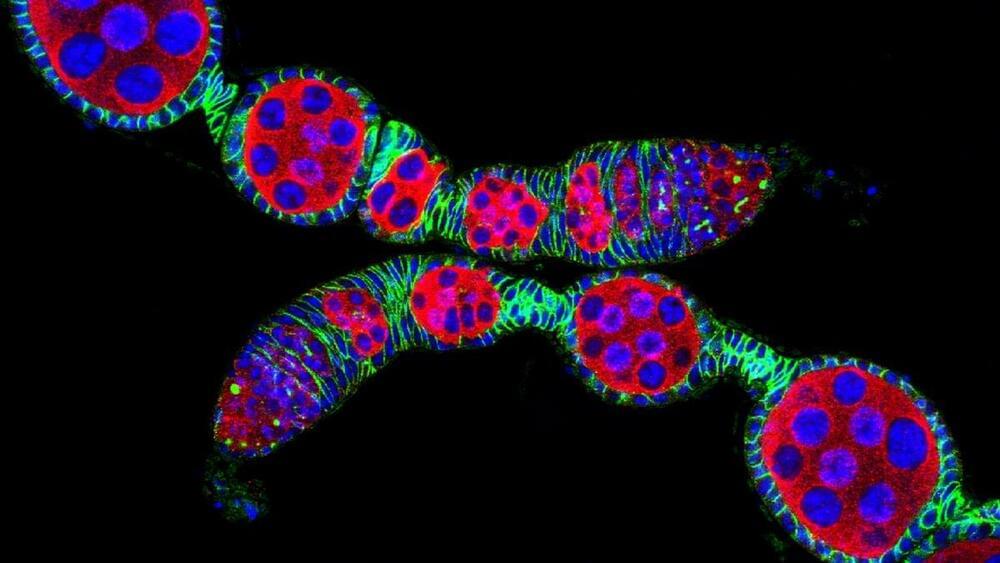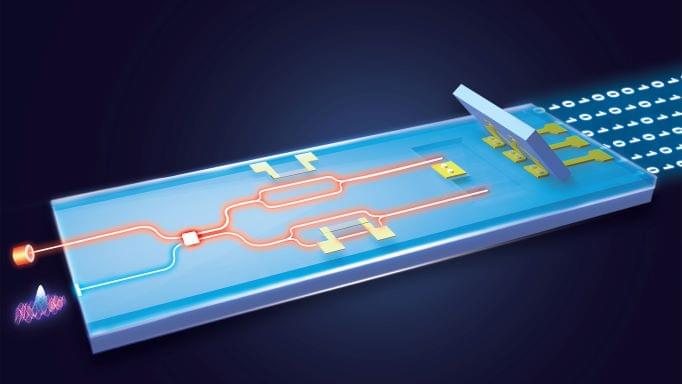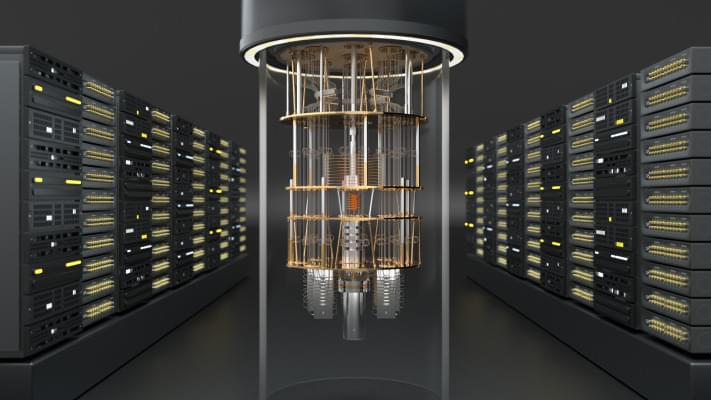If the state of the planet is getting you down or you’re just terrified that ducks can now speak human words 0 then I advise you to stop what you’re doing for a few moments and gaze in awe at this photo by Thomas Pesquet, a French astronaut currently residing inside the International Space Station.
Pesquet, an engineer with the European Space Agency, is one of the members of the SpaceX Crew-2 mission and member of NASA’s Expedition 65, which launched to the station in April. It’s his second spaceflight and he’s become known around these parts for delivering some absolutely surreal images of our home planet.
This may be his best yet.








